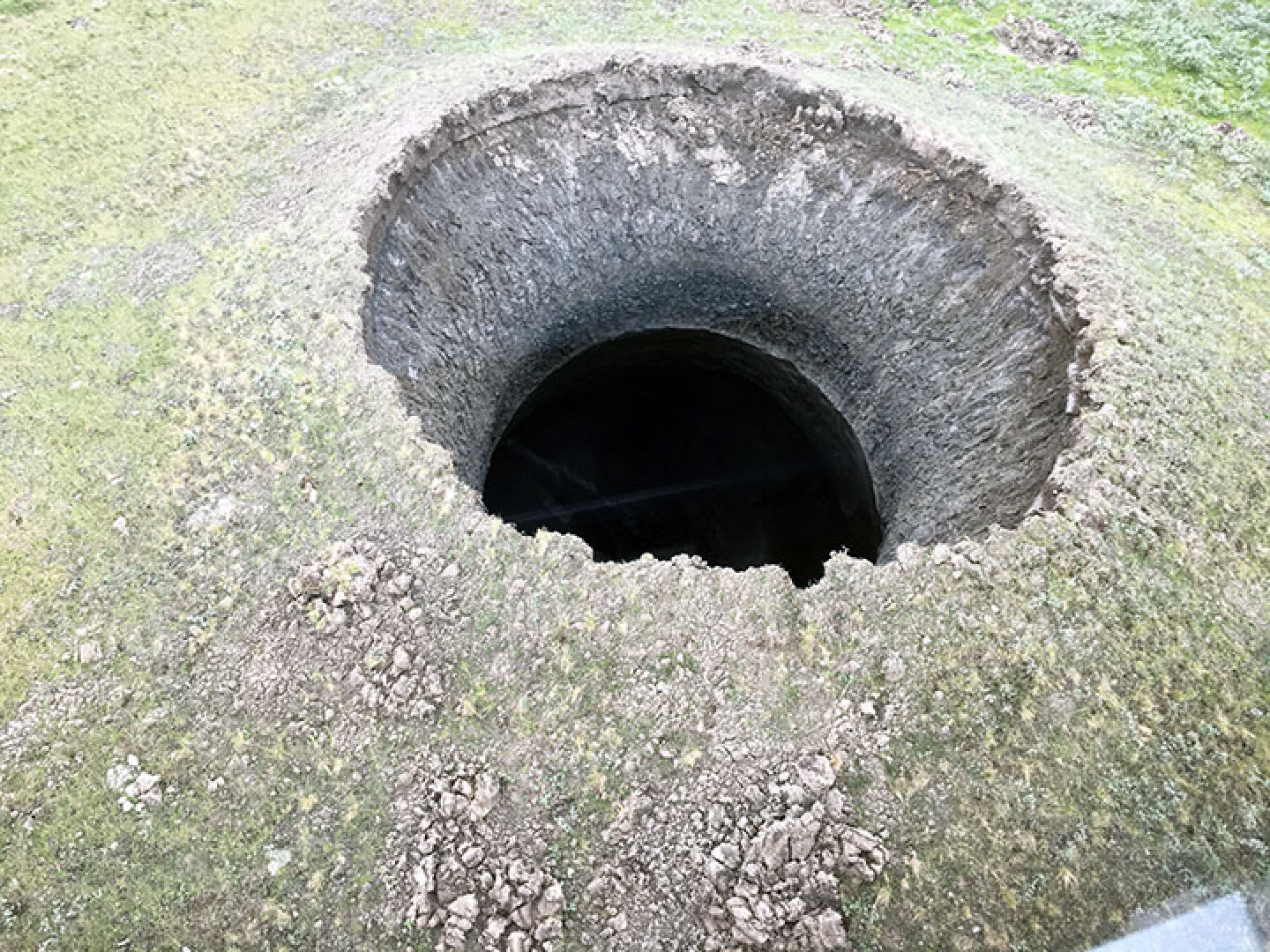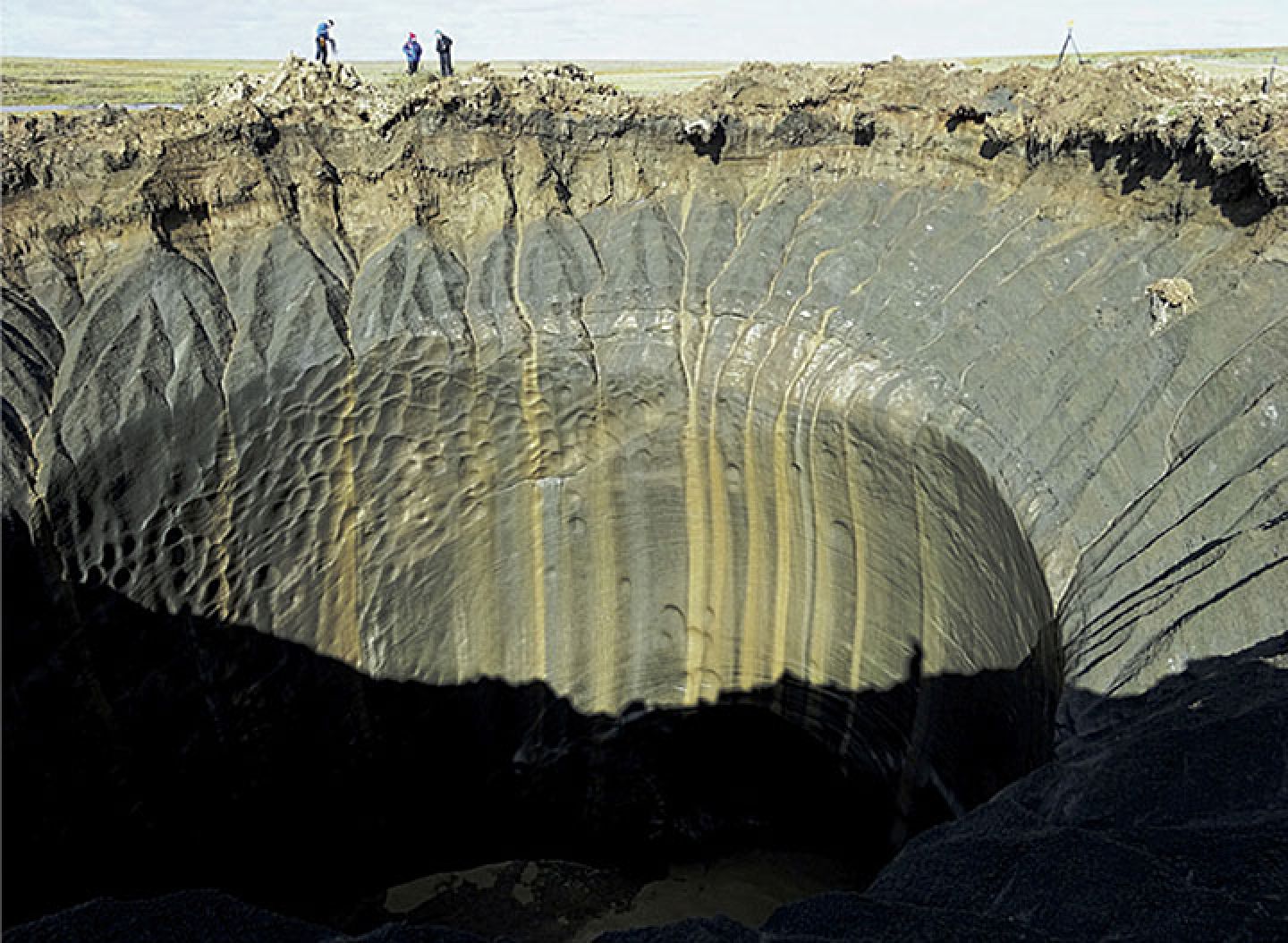An Explanation for the Mysterious Siberian Explosion Craters
Follow us on Google News (click on ☆)

Andrey Umnikov
Previous hypotheses had been proposed, such as impacts from meteorites or explosions of natural gas. One of the theories suggested that these craters formed in the place of ancient lakes, where natural gas emerging from the permafrost had accumulated. The drying up of these lakes would have exposed the ground to freezing temperatures, trapping the gas, until a build-up of pressure triggered explosions creating these giant craters. However, this model does not take into account the fact that these "giant escape craters" are found in various geological contexts, not only at ancient lake sites.
The permafrost of the Yamal and Gydan peninsulas has a variable thickness, ranging from a few hundred meters to about 1640 feet. It is believed to have formed over 40,000 years ago, trapping marine sediments rich in methane that have transformed into natural gas reserves. These reserves produce heat, melting the permafrost from below and creating gas pockets at its base.

Vladimir Pushkarev
Global warming is also causing the melting of the permafrost surface. In areas where it is already thin, melting from both sides and the gas pressure could cause the collapse of the remaining permafrost, triggering an explosion. This "champagne effect" would explain the presence of small craters around the eight large craters, the enormous pieces of ice thrown by the explosions could have seriously damaged the ground.
Moreover, there might be more of these craters than we realize, as water and sediments have likely filled some of them over time.
The release of natural gas and methane during these explosions could trigger a climatic feedback loop if global temperatures continue to rise and accelerate the melting of permafrost.